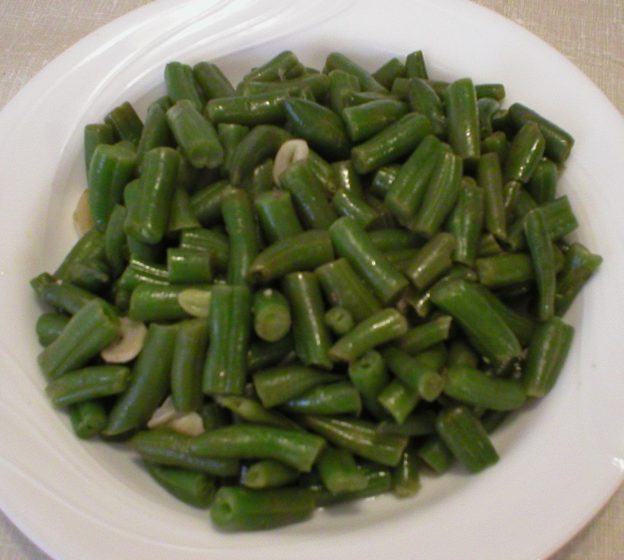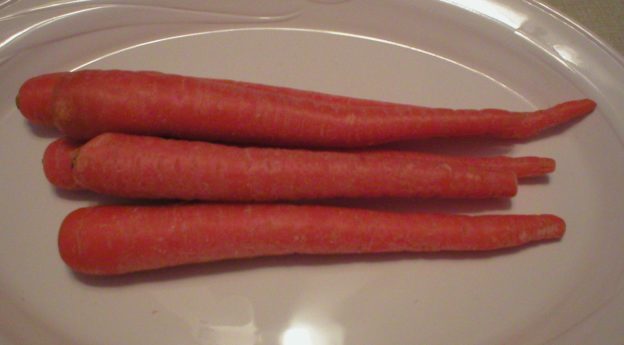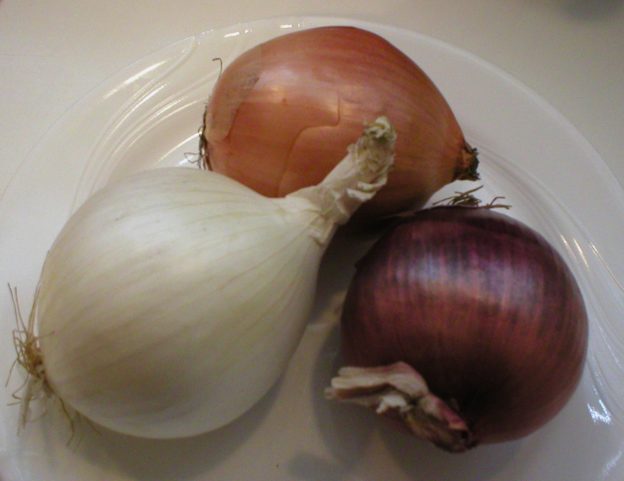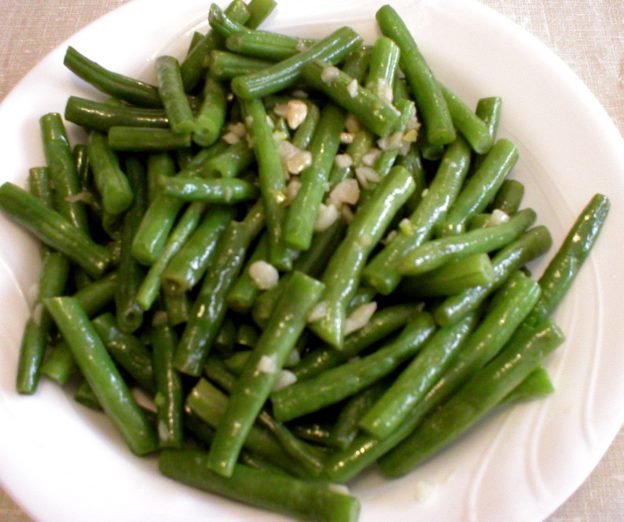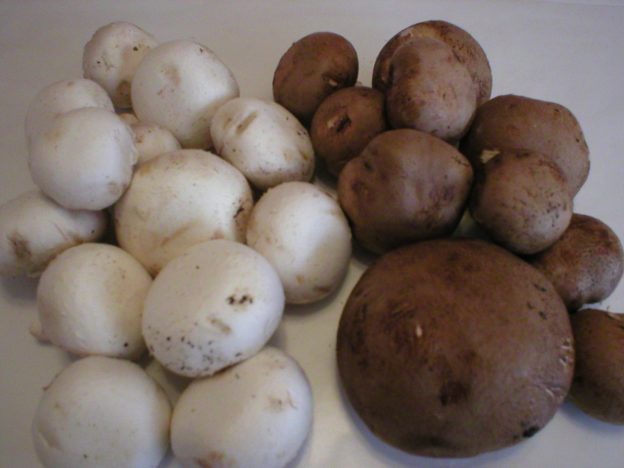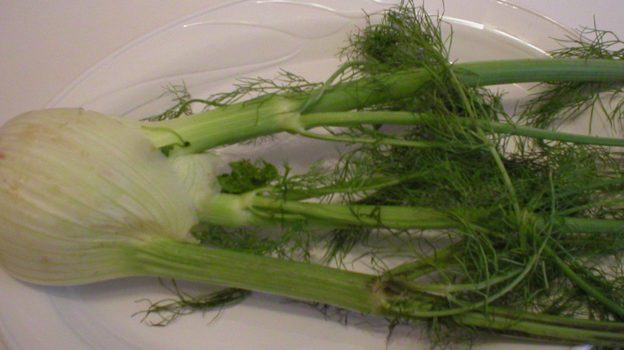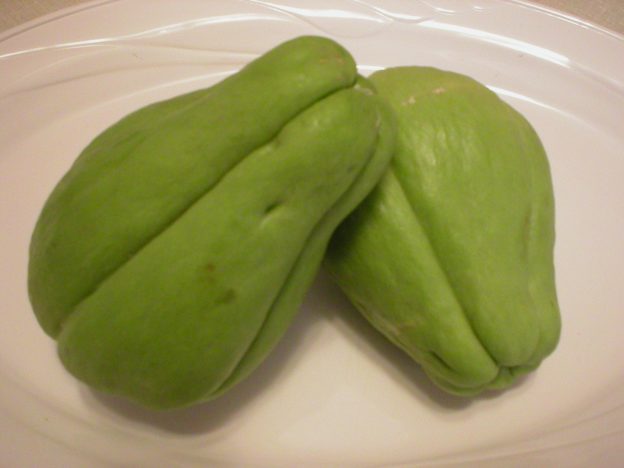Mushrooms have been enjoyed for eons and are gaining in popularity since we’ve discovered the health benefits of including them in our diet. If you’re not sure what to do with them, the following information should help! In this article, I cover the basics from what they are to how to select and store them, to how to cook them including suggested recipes. I hope this helps!
Judi
Mushrooms 101 – The Basics
About Mushrooms
Mushrooms are reproductive structures (containing seeds) of some fungi. The seeds of the fungi are microscopic and are housed in the gills underneath the mushroom cap. There are literally thousands of varieties of mushrooms varying in size, shape, and color, ranging from edible and highly nutritious to deadly when eaten. Unless you are truly an expert, it’s best to eat only those mushrooms found in your local grocery store. Mushrooms are consumed for their culinary, nutritional and medicinal values.
The white button mushroom that we commonly find in American grocery stores is named Agaricus bisporus and is the immature variety of the fungi. The Portobello mushroom is the mature variety of the same fungi.
Nutrition Tidbits
Mushrooms supply an array of B-vitamins and minerals including selenium, with only about 15 to 20 calories in one cup of raw pieces. They also supply fiber and are low in sodium. Their nutrition profile helps to support healthy blood (preventing anemia), build strong bones, support the immune system, support our gut microbes with their prebiotic fiber, maintain healthy skin and hair, manage blood pressure, lower cholesterol, reduce inflammation throughout the body, manage diabetes, ward off cancer, and even supply some plant-based Vitamin D (if they’ve been exposed to the sun or UV light).
Also, even white button and Portobello mushrooms contain an aromatase enzyme inhibitor, found to fight hormone-related cancers, such as breast cancer. Mushrooms have also been found to inhibit cancer cells from growing and dividing. Research is growing, uncovering the medicinal effects of mushrooms regarding their anti-cancer effects on numerous types of cancer.
How to Select Mushrooms
Look for mushrooms that are fresh, firm, and even shaped with no bruises or visible moisture on them. Obviously avoid any that are moldy or slimy in appearance.
How to Store Mushrooms
Mushrooms can be stored in their original packaging from the grocery store if there are air holes in the plastic. They need air flow to keep moisture from accumulating. Mushrooms can also be stored loosely wrapped in paper bags in the refrigerator. This allows them to breathe and stay firm longer without water accumulating around them. They are best when used within a few days of purchase, but stored like this, they might keep for up to a week, depending upon how long since their harvest.
Fresh vs Frozen vs Canned
Mushrooms can be purchased fresh, dried, frozen or canned. When comparing these forms of mushrooms, fresh is usually best, with frozen and dried being close seconds, and canned being a third choice. There are advantages of each option and which is best will depend on your needs at the time. Fresh will be the most versatile, since mushrooms can be eaten raw or cooked, while frozen mushrooms are best when cooked. Canned mushrooms usually have added salt, so if that’s a concern for you, you may want to choose a no-salt-added option. The texture will vary between all options.
How to Freeze Mushrooms
If mushrooms will be used within three months, simply clean and slice them, and then place them carefully in a freezer bag and freeze. If you plan to keep mushrooms for a longer period, they can be water blanched for one or two minutes, cooled down, and then frozen. Or they can be placed in a lemon juice solution (1 teaspoon of lemon juice to 2 cups of water) for five minutes, then steamed for three to five minutes before being frozen. Note that 1-1/2 teaspoons of citric acid may be used in place of the lemon juice. Cooked or blanched mushrooms will keep in the freezer for up to a year. Add them to recipes while still frozen.
How to Prepare Mushrooms
Brush the dirt off with a paper towel or a soft brush. If desired, rinse them briefly and pat them dry when you’re ready to use them. Shiitake mushrooms have a tough stem, so it should be removed and discarded. The stems of other mushrooms are tender and can be used. Cut them into desired size pieces or leave whole.
Here are a couple quick tips when preparing fresh mushrooms:
* An egg slicer is a quick way to slice mushrooms and it cuts the work in half when you have a lot to slice.
* If a recipe calls for finely chopped mushrooms, try grating them instead. Use this technique to incorporate the great flavor of mushrooms into dishes like meatloaf and pasta sauce. This is an easy way to serve mushrooms to fussy eaters since it’s almost impossible to know that they are there.
Cooking/Serving Ideas
Mushrooms can be eaten raw or roasted, steamed, boiled, sautéed, grilled, added to soups, salads, casseroles, sandwiches, tacos, burritos, and wraps, packed into burgers, served as “steaks”, creamed, stuffed, stir-fried, and more. Mushrooms are very versatile and their use is only limited to your imagination!
Mushrooms go especially well in casseroles, crepes, Czech cuisine, egg dishes, gravies, meatloaf, pastas, pizza, salads, sauces, soups, stuffings, veggie burgers, and won tons.
Tip when cooking mushrooms:
Mushrooms contain a lot of water. If you are browning mushrooms, don’t overcrowd the pan or they will release a lot of water and end up boiling or steaming in the pan instead of sautéing. Sautéing them in smaller amounts at one time allows the released water to evaporate rather than accumulate. If you have a lot of mushrooms to cook, try this method… Cook mushrooms over medium heat until they begin to release their liquid, then turn the heat to high until the liquid has evaporated. At this point the mushrooms will sizzle and begin to brown. Be careful not to burn them.
Here are some excellent cooking tips from https://ProduceMadeSimple.ca
To Saute: Heat 1 tablespoon of olive oil in a large skillet. Add 8 ounces of mushrooms, and stir until all of their juices have evaporated.
To Butter Steam: Cut mushrooms lengthwise into ¼ inch slices. Butter-steam up to 5 cups of mushrooms at a time by using 2 tablespoons of butter or margarine. Cook for 3 to 4 minutes over medium high heat, stirring occasionally to allow the mushrooms to steam and cook off their moisture and to acquire even browning.
To Grill: Use button, brown, or shiitake mushrooms. Cut off tough stem ends. Thread smaller mushrooms on skewers. Brush with oil, butter or margarine. Grill for about 10 minutes.
To Microwave: Cut 1 pound of mushrooms lengthwise into ¼ inch slices, or into halves or quarters. Place in a microwave-safe dish. Dot with 6 tsp of butter or margarine. Cover and microwave on high for 4 to 6 minutes, stirring after 2 minutes. Let stand, covered, for 2 minutes.
To Stir-fry: Cut mushrooms lengthwise into ¼ inch slices, or into halves or quarters. Stir-fry up to 5 cups at a time, using 1 tablespoon of oil, for 3 to 4 minutes.
Herbs/Spices That Go Well with Mushrooms
With their earthy flavor, mushrooms go well with many herbs and spices. Some examples include: Basil, bay leaf, cardamom, cayenne, cilantro, coriander, cumin, dill, garlic, ginger, marjoram, mint, mustard, nutmeg, oregano, parsley, pepper, red pepper flakes, tarragon, thyme, rosemary, sage, salt, soy sauce, and turmeric.
Other Foods That Go Well with Mushrooms
Proteins, Nuts, Seeds: Beans, beef, chicken, chickpeas, eggs, fish and other seafood, ham (including bacon), meat stocks, nuts (especially almonds and walnuts), tahini, veal
Vegetables: Arugula, asparagus, avocado, carrots, celery, chives, eggplant, fennel, kale, leeks, olives, onions, peas, potatoes, salads, scallions, shallots, spinach, tomatoes
Fruit: Lemon, orange
Grains: Barley, bread crumbs, millet, noodles, pasta, polenta, quinoa, rice, wild rice
Dairy: Butter, cheese (ie. Blue, feta, goat, Gruyere, Parmesan, ricotta), cream, mascarpone, milk (animal and coconut)
Other: Oil (peanut, sesame, truffle, walnut, olive), pizza, sauces, soups, vegetable and meat broths, vinegar, wine
Some suggested combos:
Mushrooms + arugula + pasta + peas
Mushrooms + breadcrumbs + chives + garlic + olive oil
Mushrooms + garlic + ginger + scallions
Mushrooms + garlic + leeks + lemon + walnuts
Mushrooms + garlic + olive oil + parsley + rosemary + thyme
Mushrooms + lemon + mustard
Mushrooms + lemon juice + olive oil + Parmesan cheese + thyme
Recipe Links
Vegan Mushroom Risotto https://www.cearaskitchen.com/vegan-mushroom-risotto-healthy-glutenfree/
Creamy Spinach Stuffed Mushrooms http://sliceofkitchenlife.com/creamy-spinach-stuffed-mushrooms/
Italian Roasted Mushrooms and Veggies https://www.jocooks.com/recipes/italian-roasted-mushrooms-and-veggies/
Baked Portobello Mushrooms https://feastingnotfasting.com/baked-portobello-mushrooms-the-best/#wprm-recipe-container-5740
Vegan Mushroom Lentil Salad https://www.deliciouseveryday.com/mushroom-lemon-lentil-salad/
Mushroom Soup (scroll half way down the page to find this recipe) https://foodrevolution.org/blog/how-to-fight-prevent-cancer-with-mushrooms/
Gouda Grilled Cheese with Sautéed Mushrooms https://producemadesimple.ca/gouda-grilled-cheese-with-sauteed-ontario-mushrooms/
Tuscan Stuffed Ontario Mushrooms https://producemadesimple.ca/tuscan-stuffed-ontario-mushrooms/
Mushroom Meatball Subs https://producemadesimple.ca/mushroom-meatball-subs/
Cheesy Mushroom and Beef Skillet https://producemadesimple.ca/cheesy-mushroom-and-beef-skillet/
About Judi
Julia W. Klee (Judi) began her journey enjoying “all things food” in elementary school when she started preparing meals for her family. That love of food blossomed into a quest to learn more and more about health and wellness as related to nutrition. She went on to earn a BS Degree in Food and Nutrition, then an MS Degree in Nutrition. She has taught nutrition and related courses at the college level to pre-nursing and exercise science students. Her hunger to learn didn’t stop upon graduation from college. She continues to research on a regular basis about nutrition as it relates to health. Her hope is to help as many people as possible to enjoy foods that promote health and wellness.
Resources
https://nutritionfacts.org/video/toxins-in-raw-mushrooms/
https://www.ncbi.nlm.nih.gov/pubmed/2132000
https://anh-usa.org/supermarket-mushrooms-dangerous-to-eat-raw/
https://www.ncbi.nlm.nih.gov/pubmed/12396396
https://www.ncbi.nlm.nih.gov/pubmed/7737599
https://en.wikipedia.org/wiki/Agaricus_bisporus
https://www.ncbi.nlm.nih.gov/pubmed/20347942
http://justfunfacts.com/interesting-facts-about-mushrooms/
https://www.healthline.com/health/food-nutrition/are-mushrooms-good-for-you#1
https://www.healthline.com/health/food-nutrition/are-mushrooms-good-for-you#5
https://www.naturalfoodseries.com/13-benefits-mushrooms/
https://foodrevolution.org/blog/how-to-fight-prevent-cancer-with-mushrooms/
https://happyherbivore.com/2017/05/mushroom-substitute-safe-eat-raw-mushroom-toxic/
https://www.leaf.tv/articles/spices-that-go-well-with-mushrooms/
https://producemadesimple.ca/what-goes-well-with-mushrooms/
https://producemadesimple.ca/mushrooms/
https://toxnet.nlm.nih.gov/cgi-bin/sis/search/a?dbs+hsdb:@term+@DOCNO+4202
http://www.food-info.net/uk/qa/qa-saf86.htm
https://www.mnn.com/food/healthy-eating/stories/surprising-health-benefits-mushrooms
https://www.ncbi.nlm.nih.gov/pubmed/28885559
https://www.vegetariantimes.com/skills/4-plant-foods-you-should-cook-before-eating
https://www.thespruceeats.com/how-to-store-mushrooms-1389342
https://www.mushroom-appreciation.com/freezing-mushrooms.html
Page, Karen. (2014) The Vegetarian Flavor Bible. New York, NY: Little, Brown and Company.
https://www.sciencedirect.com/science/article/pii/S1756464610000241

